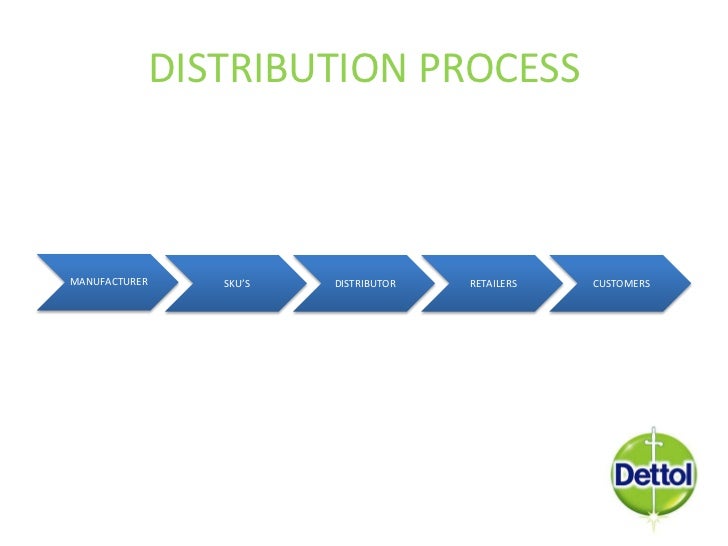CUSTOMER VALUE AND BENEFITS
Customer value is what the customer pays and what he gets.But there are two different types of values-perceived and desired.
The question arise how does a supplier deliver customer value to the customer,
A-providing the best good or service at best cost
The dettol hand sanitizer provides the customer with the perfect satisfaction when it comes to value in exchange as the pricing of the commodity is Rs 57 (50 ml).the value in use
Today, the customer is awarer and better informed. The days of cavet emptor are long gone. Customer is the king,now.This changes the definition of rational consumer in a manner that he consumer or the customer now does his research before buying the commodity.Even though the monetary value can be equated with the customer value,the equation remains incomplete as the satisfaction derived from different commodities can be different despite same prices.
CPV i.e. customer perceived value is the difference between the benefits and the costs.Benefits consist of product benefit,service benefit,personnel benefit and image benefit. On the other hand,costs consist of monetary cost,time cost,energy cost and psychological cost.
For any consumer benefit must exceed the cost for the product to be valuable. Dettol hand sanitizer seems to be valuable if we consider both its benefits and costs--
BENEFITS:Product benefit-Due to its brand value the product has great RELIABILITY value
Image benefit-The name or the value of Dettol adds value to the benefits on an exponential level
COSTS:Monetary cost-Instead of reducing the value of the product,the cost of Dettol hand sanitizer adds value by being priced at an affordable Rs.57
Time cost-The time cost of this product is low as the accessibility to the commodity is easy for urban population who are more prone to using sanitizers
Energy cost-Just like time cost energy cost is negligible as the people who would use the commodity would keep it in store.
Psychological cost-The only additive to the cost side instead of the benefits side is the psychological cost.This is because it is the psychological conditioning of the mind that led to need of sanitizers in the first place.
Desired customer value is what a customer desires in his product and in Dettol hand sanitiser both the perceived and desired values are the same.I can say that citing the brand value of Dettol,it delivers what he customers expect and desire and has been doing so for a very long time.
Thus the customer value of Dettol can be said to be of high performance.
The customer value hierarchy consist of five levels, namely- core benefit, basic product, expected product, augmented product and potential product. These can be placed on our product with respect to the 3Cs marketing model. Our product, Dettol hand sanitiser, will have clean germ free hands as a core benefit coming under the customer part of the marketing model .The basic product, which is the sanitiser itself, would come under the company as well as the competition part of the model. Expected product means what the consumer expects out of the product therefore the expectations any consumer has from the sanitiser regarding any improvements or new product line or types or fragrance issues, all come under the customer part of the model. Augmented product deals with adding value to the given product thus this particular levels come under both competition and company. Finally, the potential product is the future expectations for the given product hence this comes under the competition part of the model.








